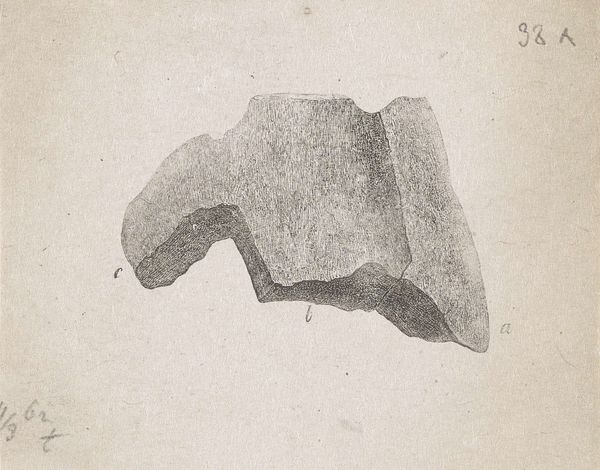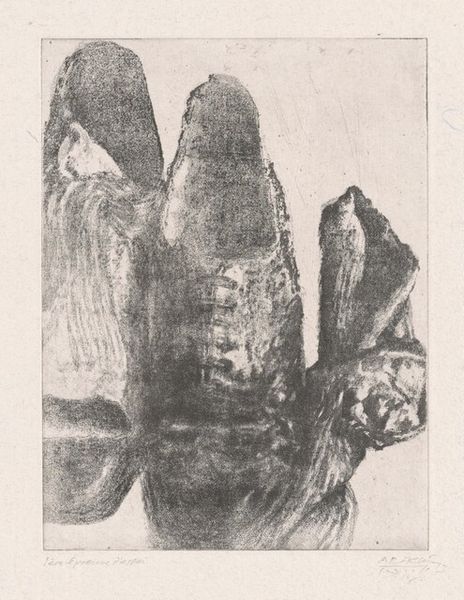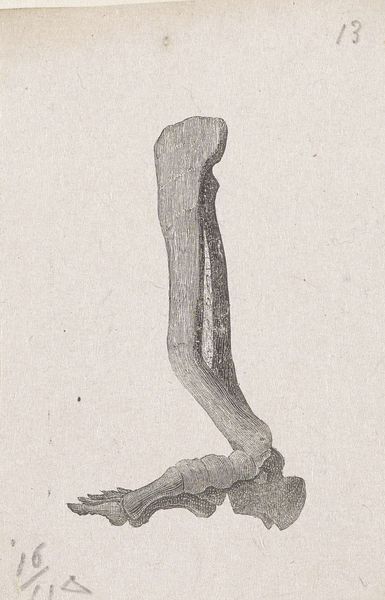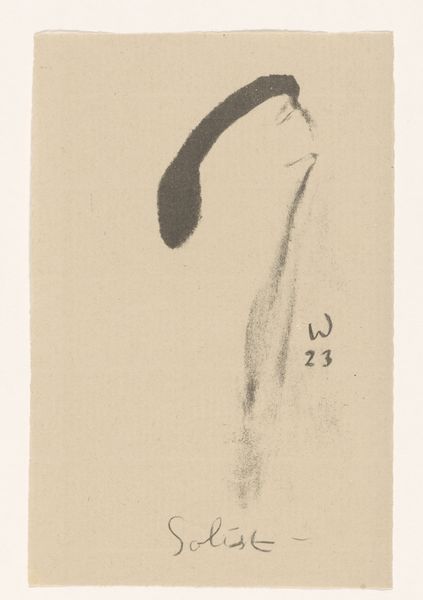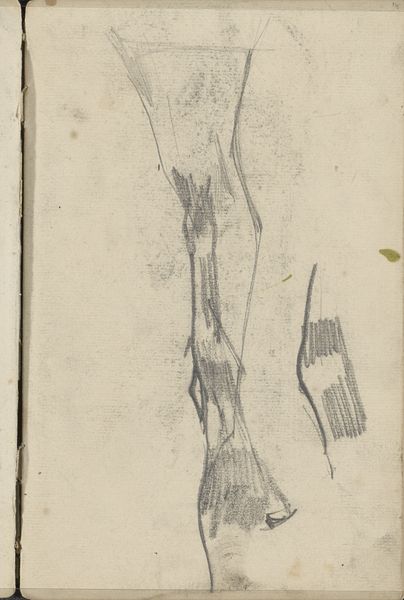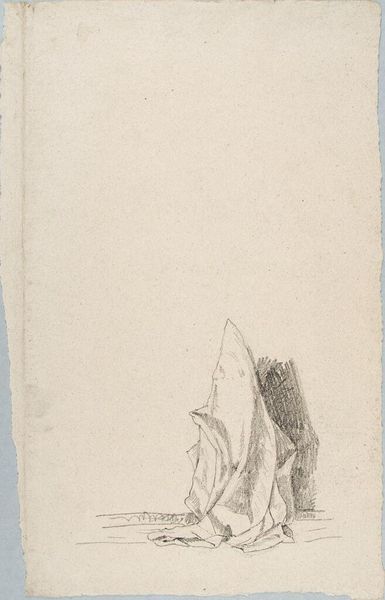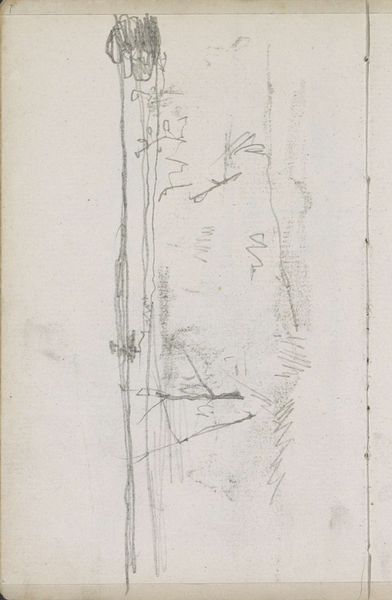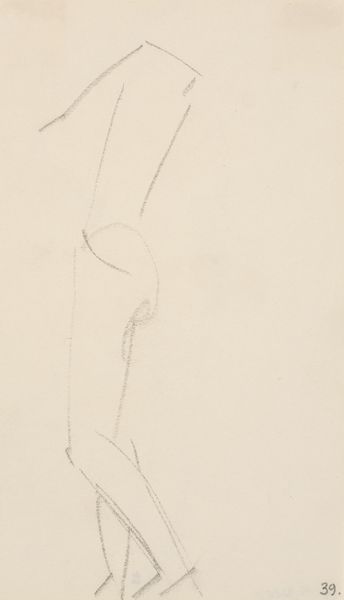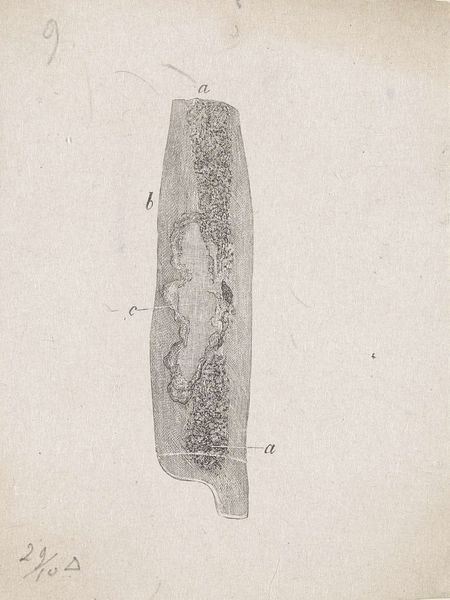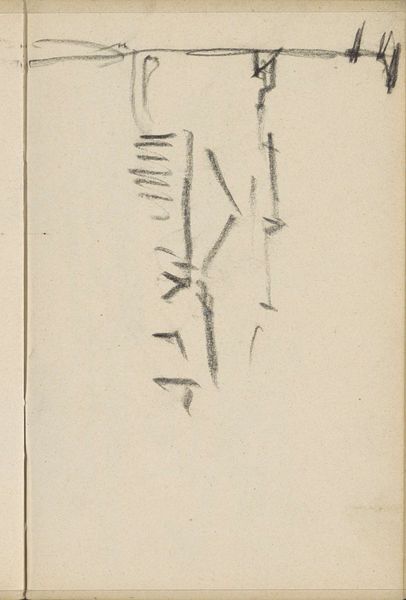
drawing, ink, graphite
#
pencil drawn
#
drawing
#
amateur sketch
#
light pencil work
#
shading to add clarity
#
pencil sketch
#
form
#
personal sketchbook
#
ink
#
pencil drawing
#
line
#
graphite
#
sketchbook drawing
#
pencil work
#
academic-art
#
shading experimentation
#
realism
Dimensions: height 102 mm, width 79 mm
Copyright: Rijks Museum: Open Domain
This drawing of a human bone with an anomaly was made by Isaac Weissenbruch. Weissenbruch lived in the Netherlands in the 19th century, a time when the authority of museums and scientific institutions was growing. There was increasing interest in documenting and classifying the natural world, and in sharing this knowledge with the public. In this context, Weissenbruch’s drawing speaks to a society fascinated by scientific inquiry and the study of the human body. The clinical depiction seems to invite viewers to engage with medical knowledge. But what does it mean to display a bone anomaly? Perhaps it served as a stark reminder of human vulnerability or perhaps it sparked conversations about health, disease, and the limits of the human form. To fully understand the drawing's place in Dutch society, we can look at medical journals, museum archives, and cultural commentaries.
Comments
No comments
Be the first to comment and join the conversation on the ultimate creative platform.
